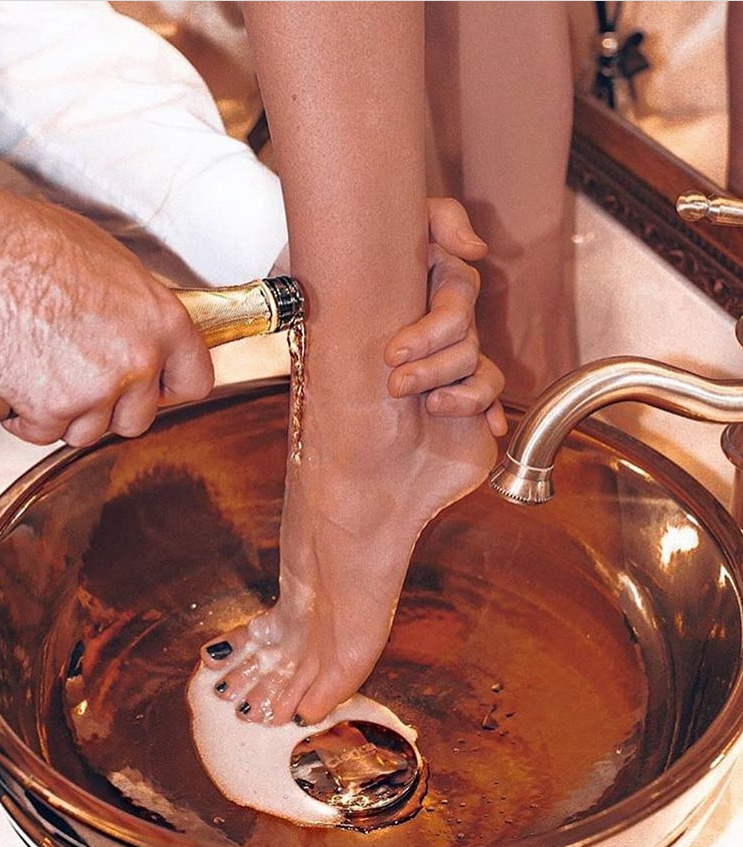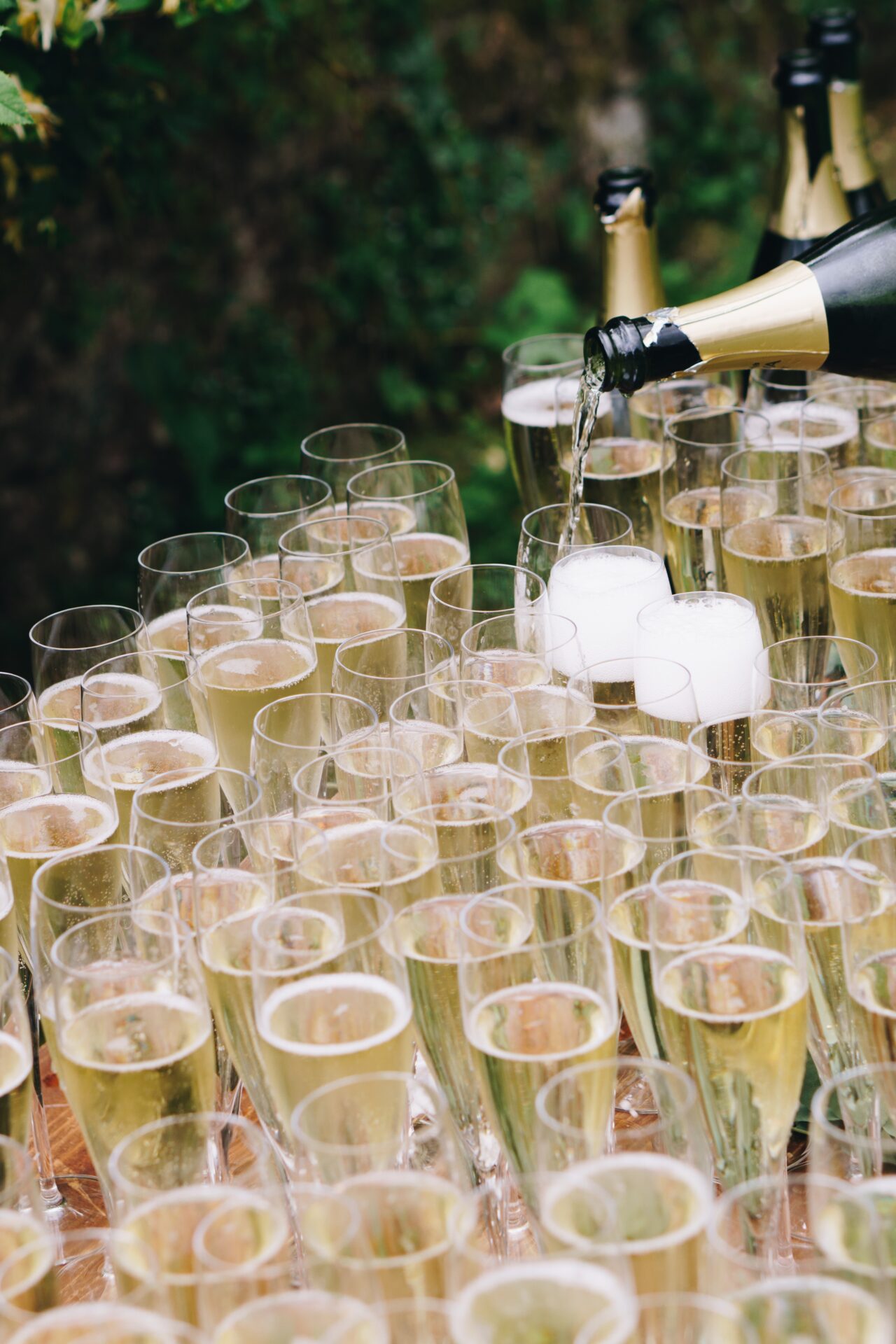How Is Champagne Made
Comité Champagne officially announce that Champagne shipments down 18% in 2020. Restrictions on the travel and the hospitality industry have an impact on demand for Champagnes. Sounds logical, whereas Champagne is mostly associated with parties, celebrations, and similar activities.
Champagne region exports to more than 190 countries. In 2020, the leading market was the United Kingdom with over 21 million bottles of the fizz.
A Brief History of The Champagne Invention
The Champagne region in the northeast of France is perfect for growing grapes. The area was once the floor of the prehistoric sea and the foundation of the soil is exactly as it should be. Three types of grapes are used in Champagne production – Chardonnay, Pinot Noir, and Pinot Meunier.
So to be specific a sparkling wine can be called Champagne only if it has been produced in that region. Regulations – Appellation d’Origine Controlée (AOC) are strict.
Dom Perignon a Benedictine monk from the 17th century, invented Champagne. Although he contributed to the process of Champagne production, this sparkling wine as we know it today was established later in the 19th century. Benedictine monks were exporting them to Britain with still wines from Champagne, red and white wine. The English are credited for the business growth of the Champagne region.
Pierre-Emmanuel Taittinger claims that the English accidentally invented Champagne. According to his story, the English left certain amounts of wines on the docks. As a result, wines got cold and started fermenting (second fermentation).
Bubbles in Champagne
If you remove the bubbles from the Champagne it would be just like another white wine. Dom invented a double fermentation process (méthode champenoise) which means sugar and yeast are added to the wine. So, these two ingredients’ mixture interaction creates carbon dioxide.
Fun fact, the smaller size of the bubbles means the better quality of the Champagne. The number of bubbles in a regular-sized bottle of Champagne is around 50 million at room temperature. There is a 6 bar (88 psi) pressure inside the Champagne bottle while in the bottle of Prosecco is the pressure of 3.5 bar (50 psi). Act carefully while opening your bottle of Champagne.
The devil’s wine (le vin du diable), that’s how Champagne is being called because of the corks which are blown too early. So, at first, Champagne probably has been considered a catastrophe among winemakers.
Could you imagine a scene and a reaction of a winemaker, at the exact moment when he realized for the first time that his bottle of wine is about to explode?
While the fermentation process has begun, remueur (bottle turner) should rotate the bottles daily or once in two days. This process is called riddling and it can be manual or automated. The bottle should be placed neck-down (sur pointe). Gravity plays the main role here. As the angle increases the sediment is going into the neck.
What Is a Collerette?
If there are no bubbles in wine there is no Collerette either. Have you ever noticed after filling your glass with Champagne that a perfect ring appears at the surface? Of course, you do, but the French have a name for that too. It is Collerette. You are welcome.
Vintage and Non-Vintage Champagne
Vintage Champagne doesn’t mean it is superior to others it means all grapes were harvested in the same year. Furthermore, vintage must be aged for a three years minimum.
For example, 1992 Vintage means all grapes were grown and harvested in 1992. Despite these characteristics, there are no other superior qualities compared to non-vintage Champagne.
Non-vintage Champagne to the contrary should be aged for at least 15 months in the bottle.
Level of Sweetness
You find it confusing, all of those names on the labels; Brut, Sec, Demi-Sec, etc. In the list below you’ll learn key differences. But before we start with sweetness levels let’s mention two types of additions that are crucial in the production of the Champagne.
“Liqueur d’expedition” – a mixture of wine and sugar added after the second fermentation.
“Liqueur tirage” – a blend of sugar dissolved in wine added along with the yeast.
We hope that you will find one on the list that perfectly fits your palate.
In the french brut /bʀyt/ (also brute) means a natural state, plained or unrefined. No high level of residual sugar, you can be sure while pouring yourself a glass of smooth bubbly.
Brut Nature (0-3g per liter)
This style of sparkling wine is the driest. In a single glass of this, there is 0,5g or less residual sugar.
Extra brut (0-6g per liter)
The total amount of residual sugar in the sparkling wine bottle with extra brut on the label contains no more than 6g or 1g or less in a glass of 150ml.
Brut (0-12g per liter)
Let’s say that a glass of 150ml contains 2g of residual sugar or less.
In the french sec /sɛk/ (also sèche /sɛʃ/) – means dry.
Extra Sec (12-17g per liter)
Means an extra dry sparkling wine bottle with a range of residual sugar between 12-17g. A single glass of 150 ml contains from 2g – 3g.
Sec (17-32g per liter)
Means dry. There is from 17g up to 32g in a bottle of sparkling wine. In a single glass, there is from 3g – 5g of residual sugar.
Demi-sec (32-50g per liter)
Means medium dry. The amount of residual sugar is 5g to 8g per glass of 150ml.
Doux (50g or more per liter)
The sweetest of all on the list. If you take a glass of this one there’ll be 8g or more of residual sugar in it.
Sabrage
Sabra – sword type originally used.
The story says that Madame Clicquot known as Veuve Clicquot (Veuve means widow) took over the company after her husband’s death. Once in a while, she organized events to entertain Napoleon’s soldiers. For the luck in the battle, Madame Clicquot would give bottles of Champagne to them. It was difficult for them to ride a horse and to open a bottle at the same time so one of them took out his sword and opened the Champagne with his sabre.




